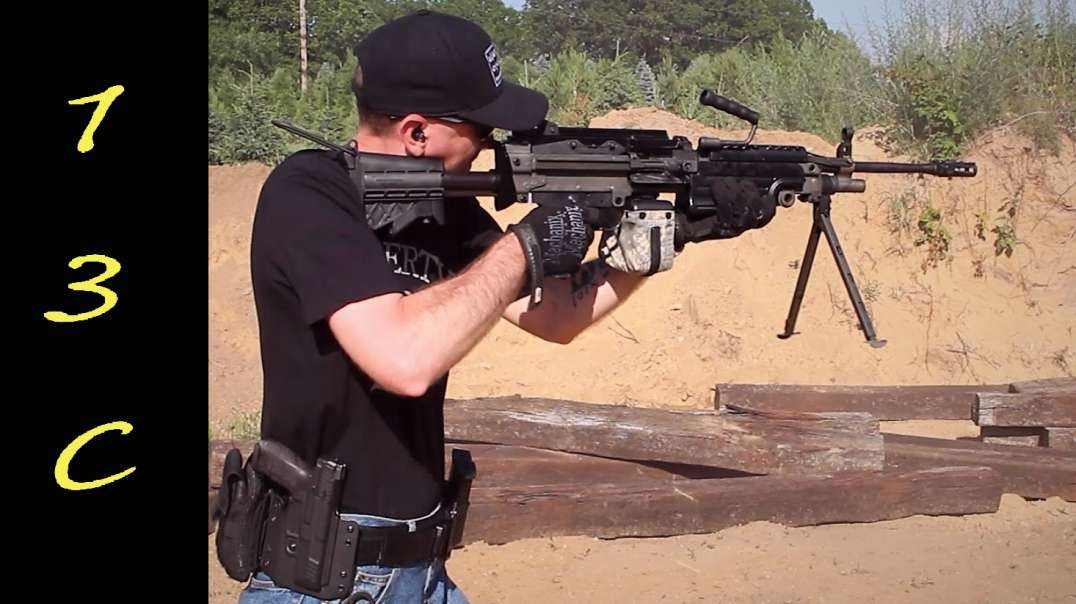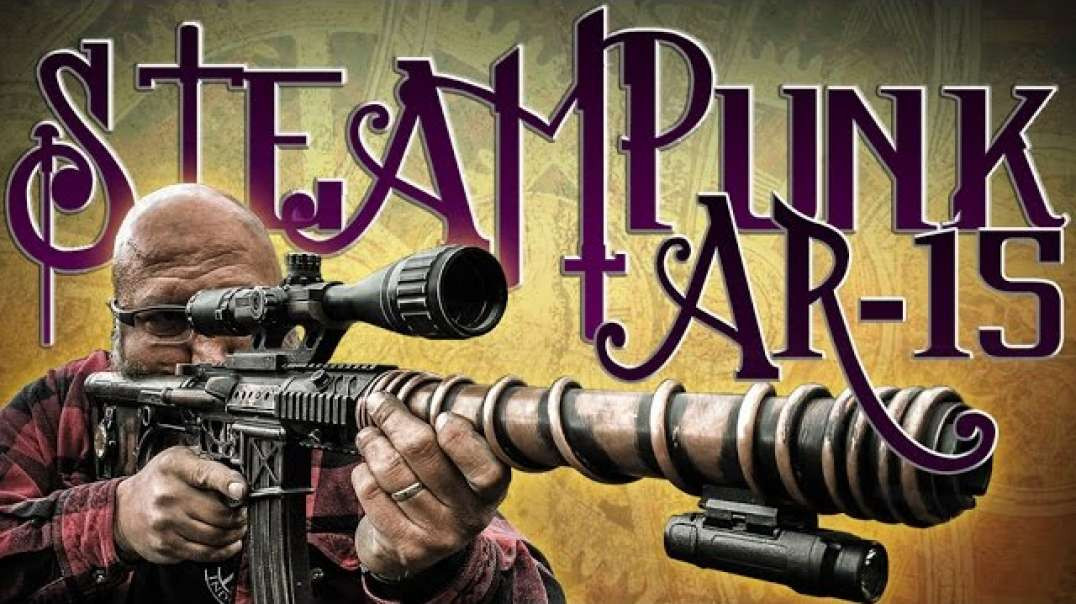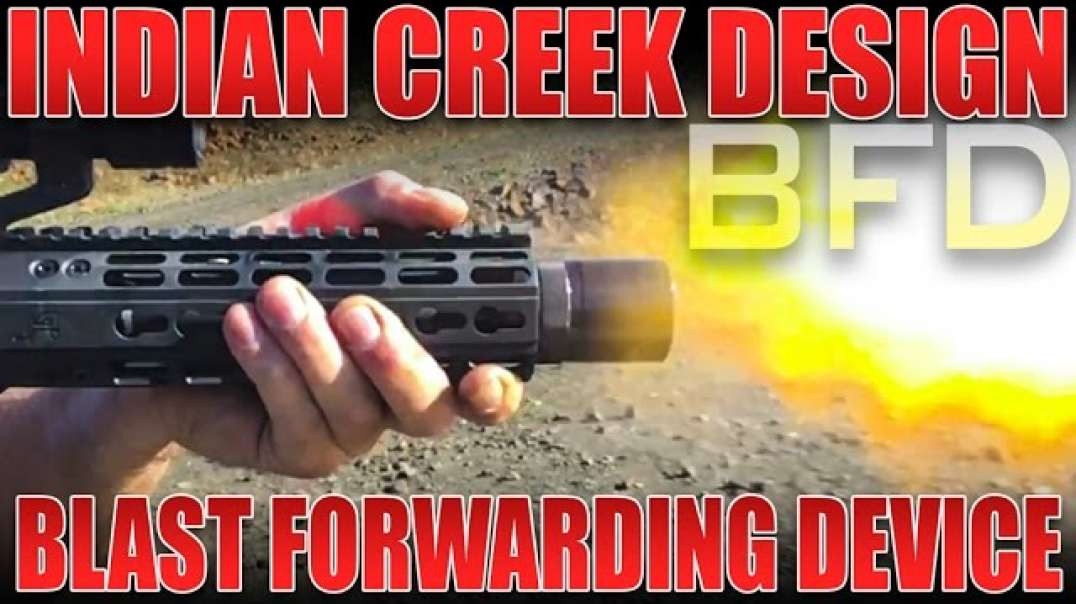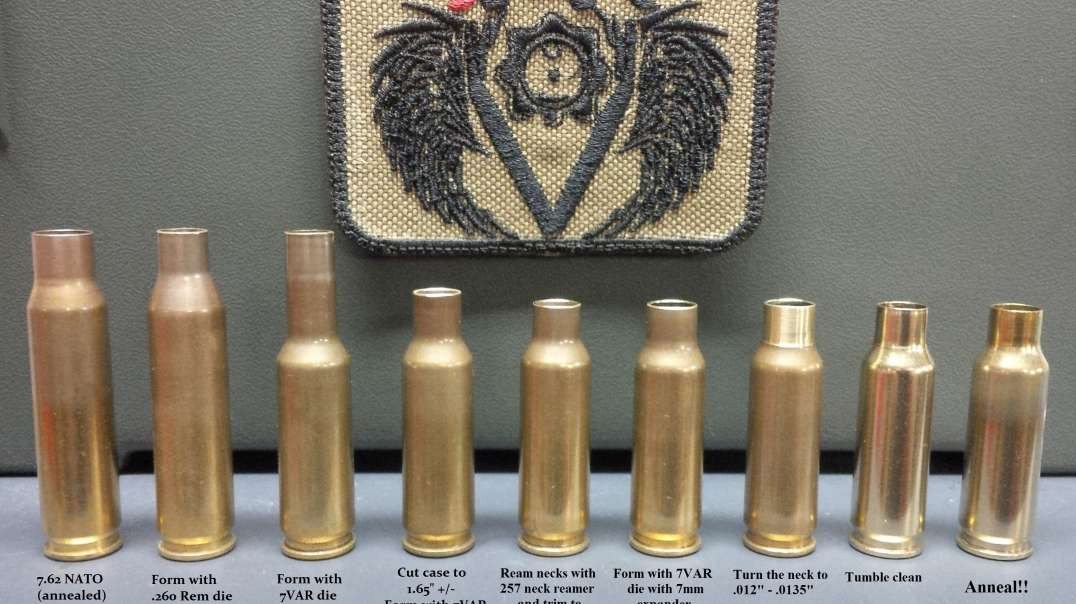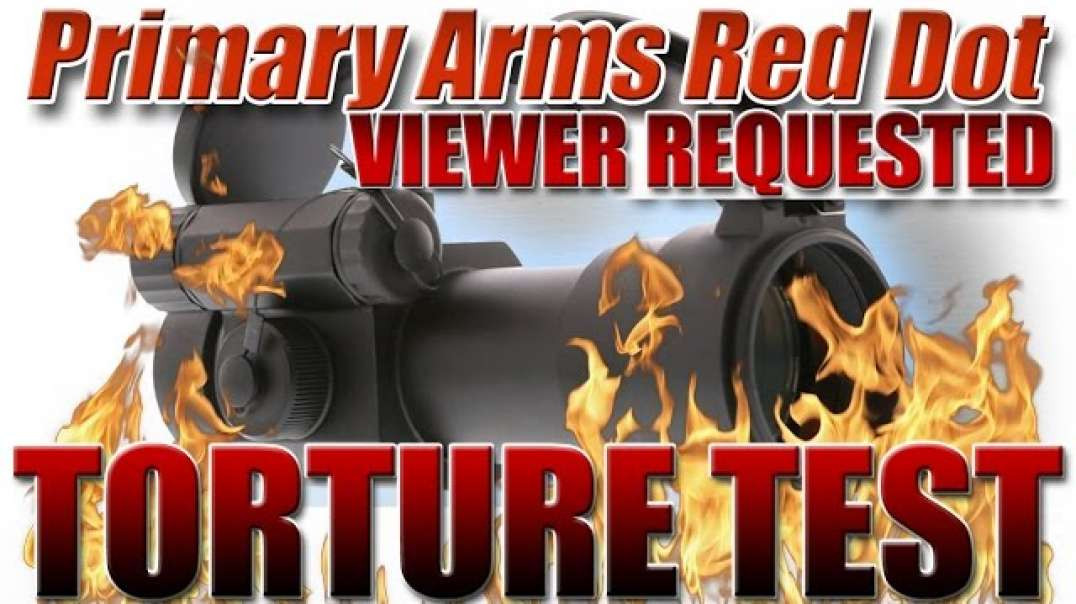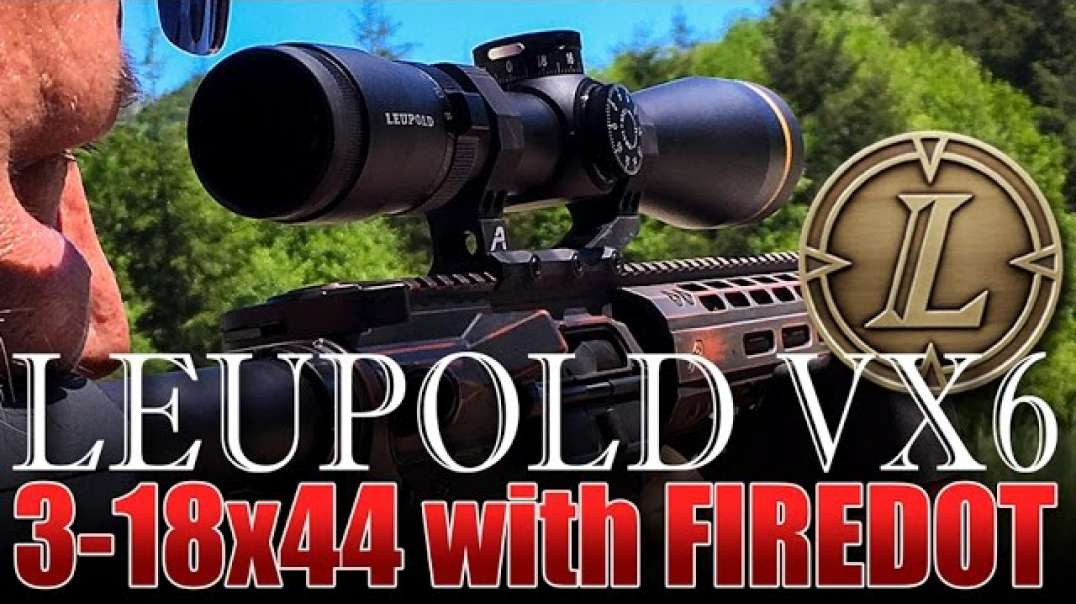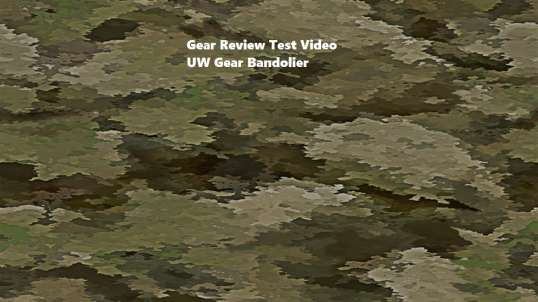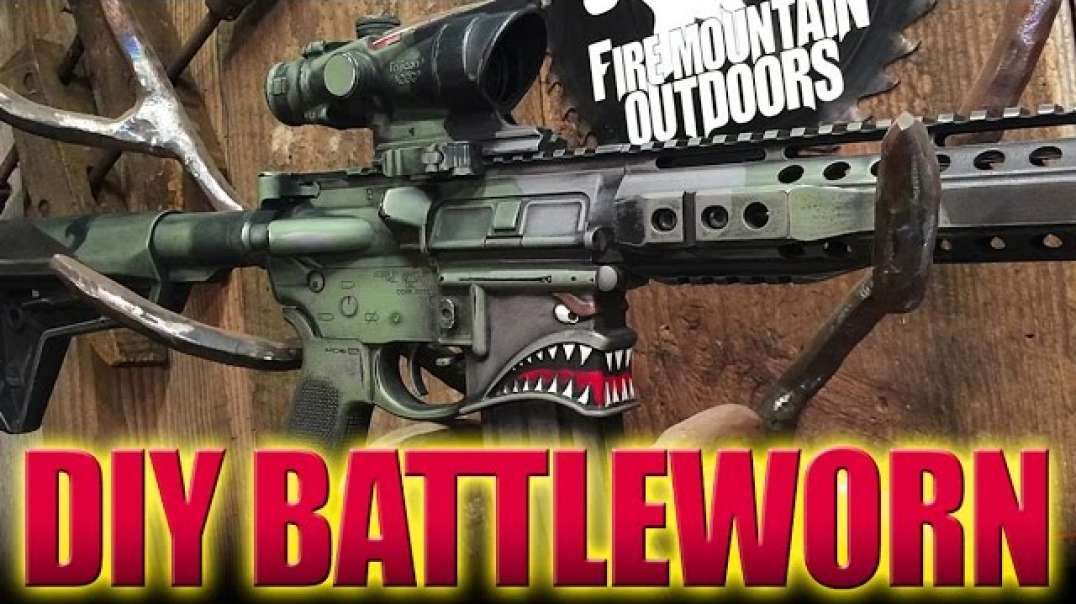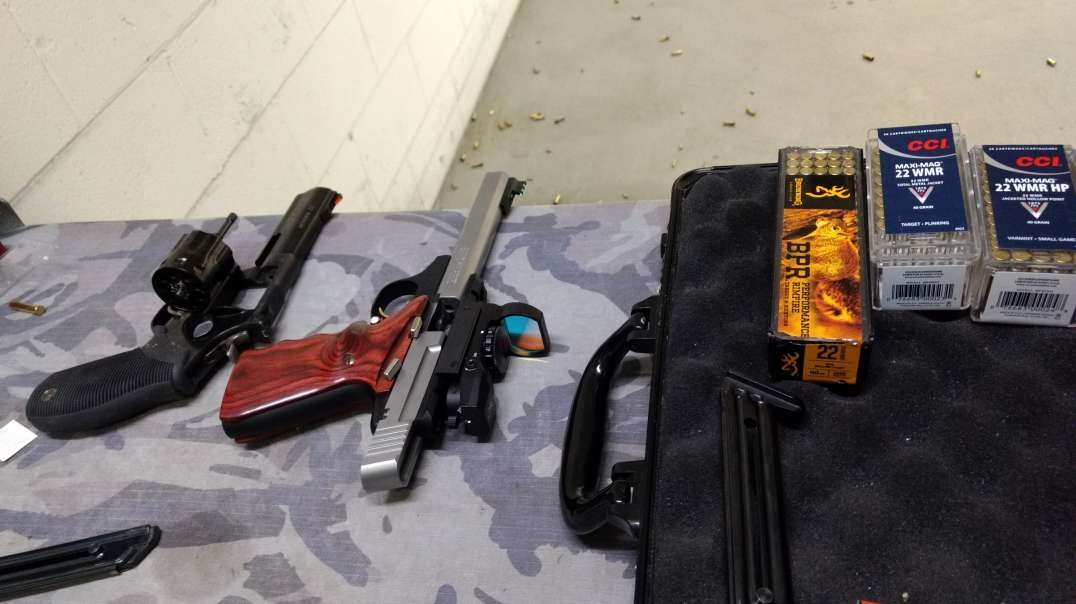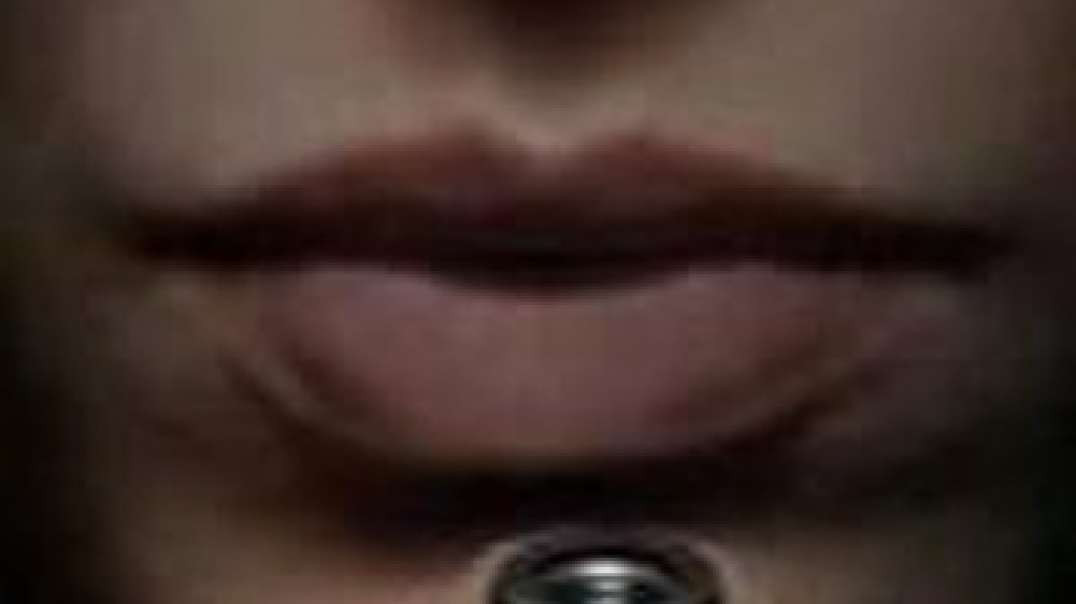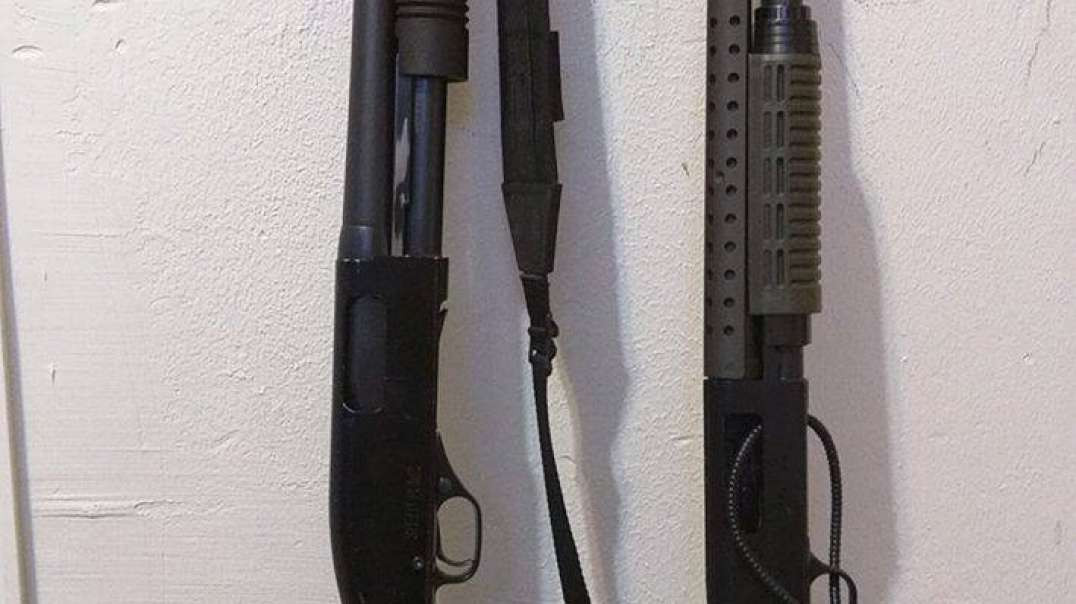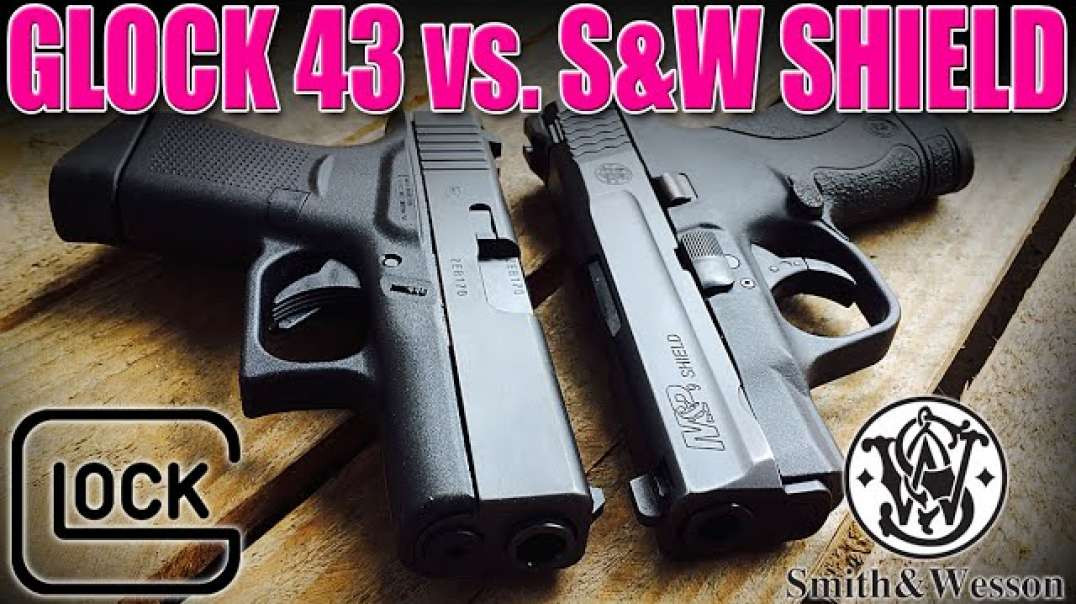FlintAndSteelKit
Flint and Steel. Old hardened high carbon steel or tool steel files that are no longer serviceable or damaged can be broken into short pieces and those pieces can be used as steel strikers for flint and steel kits. These pieces make excellent dedicated steel strikers. Most of these "old" steel files are hardened high carbon steel or some are what is known as tool steel. Very hard high carbon tool steel is known as carbide. This carbide hardness is what makes these files so effective for sharpening other steels like mower blades and machetes. The big problem may be finding these old files. Other old tools and metal parts were made from tool steel. Much of the new modern files and tools are made from metal alloys or other softer materials that do not lend themselves as steel strikers or for even normal file use either for that matter. The modern alloy files just don't hold up even to their intended task and purpose of removing material and sharpening steel unlike the old tool steel files of the past. This may also say something about the lack of durable quality tools in the modern market. Such is the case of the modern "throw away" society where nothing is designed to last.
Flint is not available here in this part of Florida where I am. I use imported flint or found imported river rock. I have a source (bridge rip rap) for chert up near Brooksville where the end of the Appalachian mountain range ends. Below that there is no such rocks other than shell rock and limestone that crumbles. No usable rocks just lying around on the ground. The rocks typically used are flint, quartz, and chert. The lines between these can be fuzzy as to names since flint can refer to quartz but true flint is harder than quartz. I don't get into all the rock hound terms. If I can break a hard rock into a sharp edge then it is a good candidate to put on steel.
I don't get fancy with flint. The flint I get is imported as we have a lack of it here. Imported river rock lining flower beds can work. There are different kinds of flint (or quartz) and I am not a geologist but I do know this. Traditionally, chert exhibits white to variously light colors and occurs in bedded deposits, and flint is dark to black in color and occurs in nodules in chalk and soft limestone deposits. In geologic literature, however, the terms chert and flint are essentially synonymous and used interchangeably, chert being used to describe nodules and layered deposits in limestone and dolomite, and flint being referred to as a dark gray or black variety of chert. To add to the confusion, jasper is alternately defined as chert associated with iron ores and containing iron oxides which imparts a red color, or any red chert or chalcedony regardless of association with iron ores. Prase is a green variety similar to jasper, and occurs with it. Either category will, as a general rule, serve very well as a "flint". I don't need to know even this. All I really need to know is that if the rock fractures so I get a sharp edge that will spark or shave steel sparks when struck against steel then it will work. If it does anything else like cleavage or crumbles, etc. then it will not work. I have both chert and flint. I will say that flint seems to last longer or holds an edge longer than chert. So to me flint is harder than some crystalline quartz types and chert types.
A link for clarification of flint and steel terminology.
http://www.wildwoodsurvival.co....m/survival/fire/flin
BTW, in regards to the above article, I call flint and steel, "flint and steel." Meaning a rock and steel. But I call a ferrocerium rod (firesteel, metal match, etc.), a "spark rod." Kind of clearly separates the two so that there is no confusion. I call a magnesium fire starter (magnesium block with a spark rod), a "mag bar."

